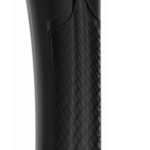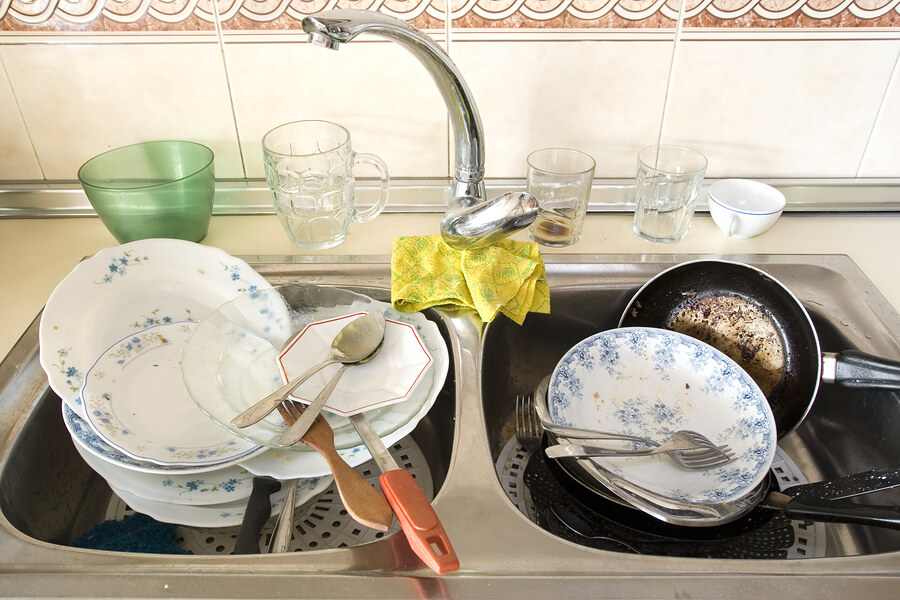DIY distiller at home
Finding a use for distilled water in everyday life is quite easy: pour it into the steam generator of an iron or into a humidifier, refill the battery, and you never know what else. Some even use it for cosmetic procedures. There is no particular problem in obtaining the distillate. If there was a desire, it would be easy to build the unit. Water passed through distiller, does not contain impurities. This is the purest compound H2Oh, oddly enough, it is practically not suitable for constant drinking precisely due to the lack of impurities.
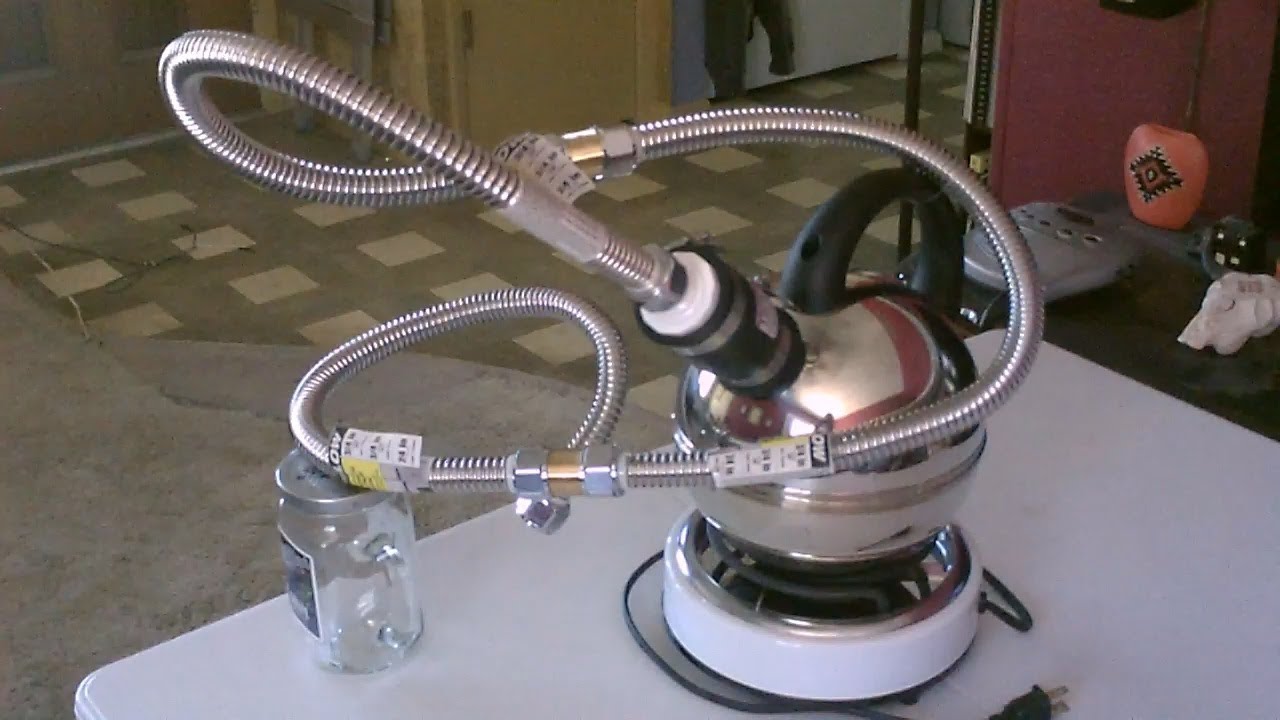
The content of the article
General structure of the distiller
If you are looking for a recipe for making a moonshine still here, feel free to go to another site. Alcohol is a potent poison and an addictive drug. I don’t drink myself and I don’t advise you to.
The unit consists of vesselwhere water is heated and evaporated, and refrigerator. Due to the temperature difference, steam (by condensation) is converted into liquid. For those who have seen a moonshine still in operation, it is quite easy to imagine what this equipment will look like.
Using classic tap cola as the raw material for conversion, it is allowed to sit for at least five hours. This must be done so that all the chlorine evaporates from the water.
Distiller from a saucepan
To make a miracle unit you will need:
- Pan with convex lid.The size can be any, depending on how much purified water is planned to be collected.
- It is also necessary to prepare deep plate. Its diameter should be smaller than that of the pan so that it can easily fit inside.
- Pre-cooked ice cubes from the freezer.
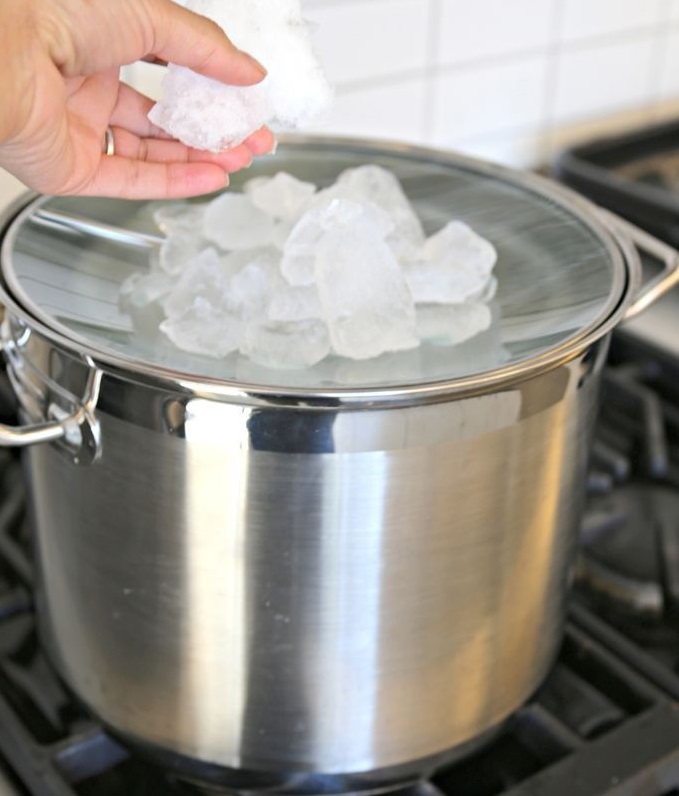
The cooking process looks like this:
- Place a pan of water on the fire and boil. It is enough to pour liquid into about a third of the pan. Place a plate on the water, but so that it stays on the surface and does not sink. It will accumulate in this container purified water. Close the pan with a lid, placing the handle inward. After boiling, place on top of the lid ice.
- When water boils, it turns into steam. When it hits the surface of the inverted cooled lid, it is converted into condensation and flows into the plate. After the process of obtaining clean water is completed, it can be poured into a jar and seal tightly with a lid.
Distilled water retains its qualities for a long time, but only if stored correctly: the vessel must be thoroughly washed and dried before use, and only then distilled.
Two bottle distiller
This method is also based on boiling. It is suitable if you are really impatient and need to get clean fresh water, say, from sea water. Will fit a pair of any bottles with the same necks. Under one of them, filled with dirty (or salty) water and placed in a container with dry sand, a fire is lit so that it does not burst from overheating. The second is lowered into a container with wet sand to remove heat. Place them horizontally, pressing their necks to each other.
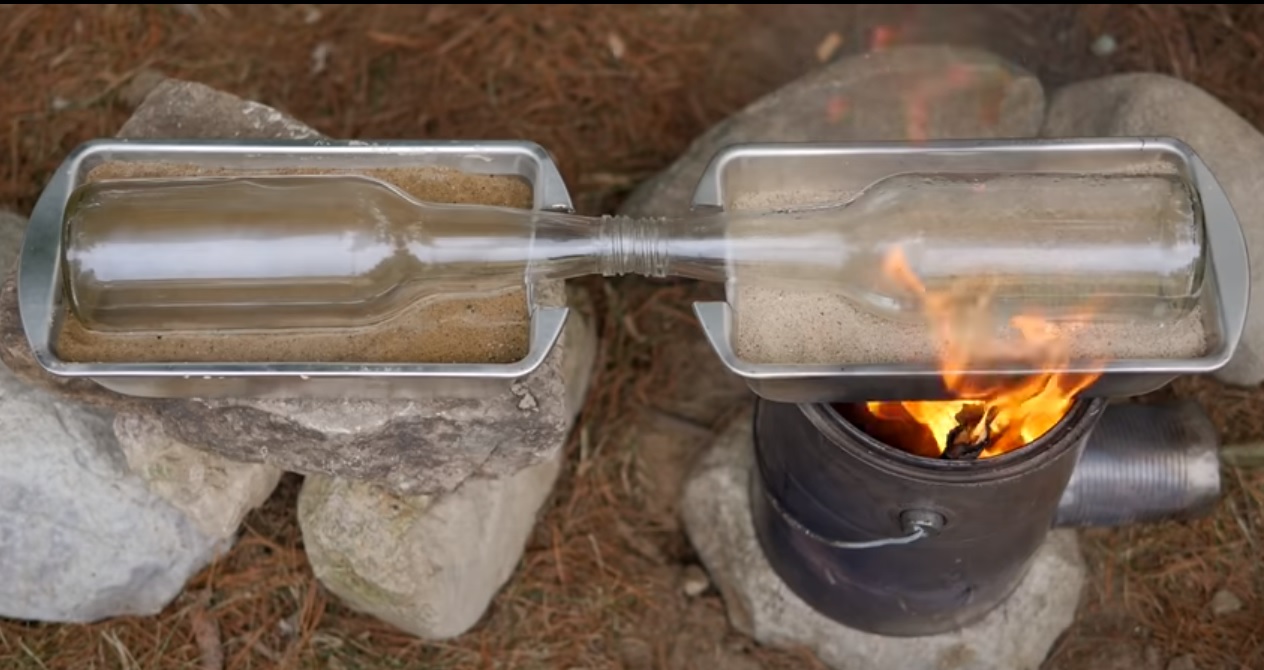
As a result, the water evaporating in one bottle will condense in the other in the form of distillate.Funny design? Well, perhaps this clumsy device saved more than a dozen lives. In ten minutes you can distill up to half a mug of water, and this is not so little.
How to check the quality of distillate
The technique is as simple as three kopecks. If you remember physics, distilled water is an insulator, unlike any other found in nature. There are simply no conductors in it - there are no salts. This is what we will use. We take the most ordinary 220-volt portable lamp, 40 watts, and break the circuit, connecting a couple of electrodes to the break point for convenience. Or you can, without further ado, simply put bare wires into the water.
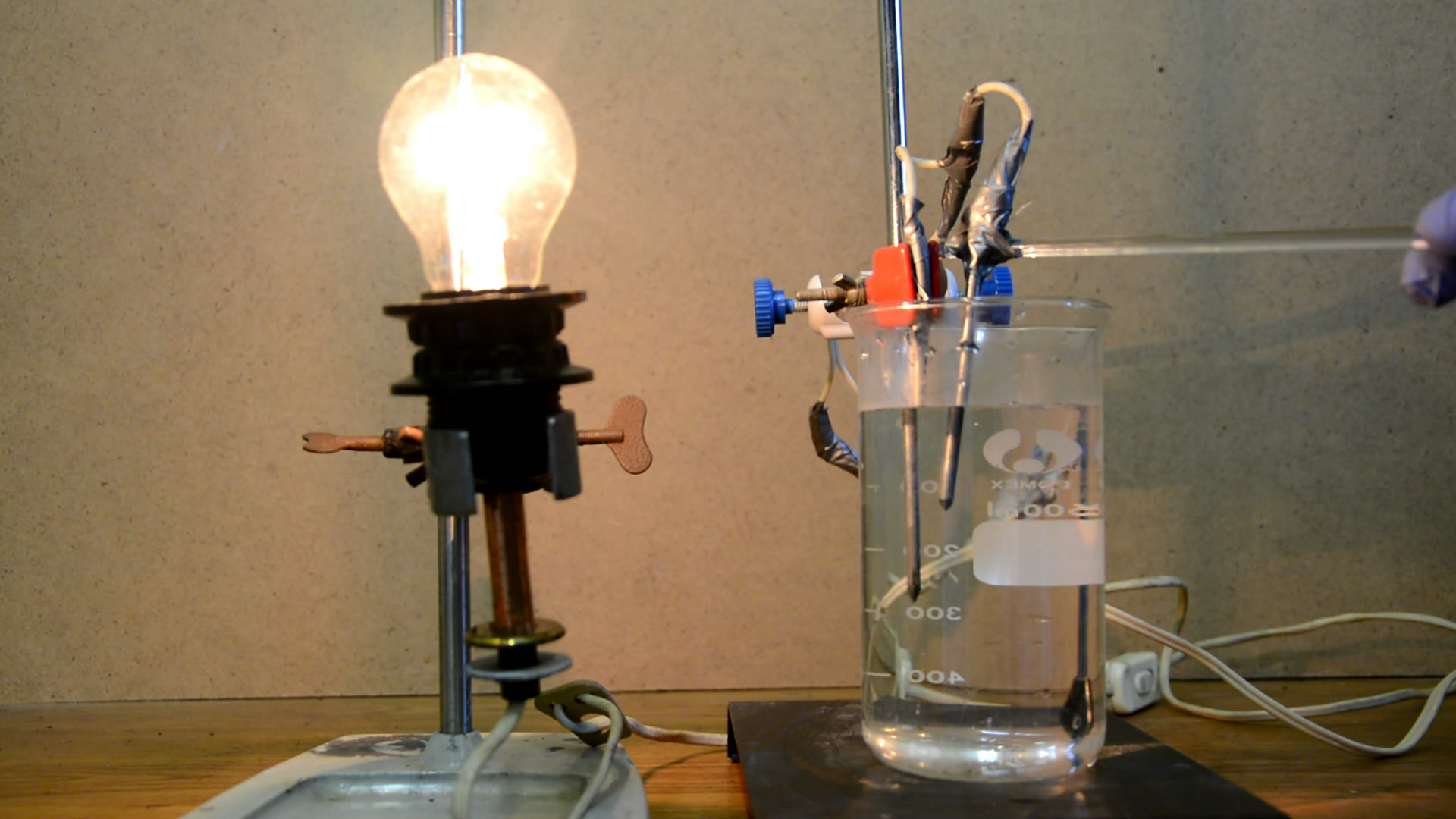
By placing the electrodes in the water, we serve food. Scary? We've seen enough films. Nothing bad will happen - if the water is distilled, the light bulb will not even try to light up. If there are foreign impurities in the water, the filament will turn a little red, that’s all.
Attention! Don't repeat this trick with regular water and don't put your hands in it!



